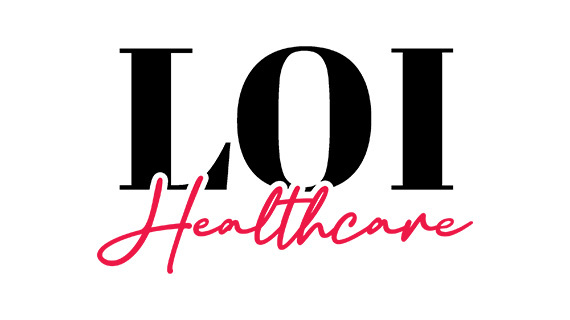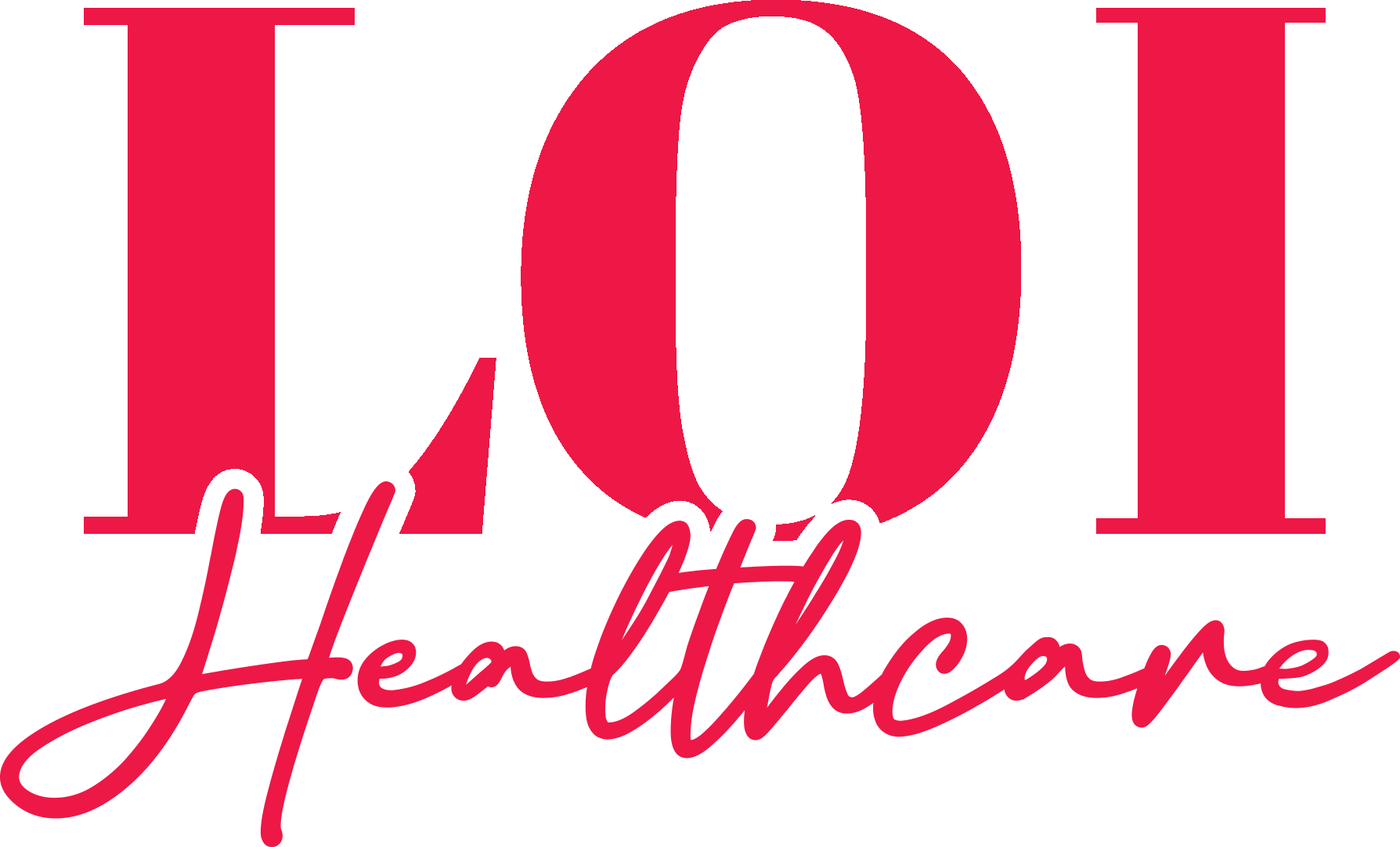Vitamin D
Vitamin D is a vitamin that is important for human health and has the potential to cause serious health problems when deficient. For this reason, it is of great importance to detect vitamin D deficiency, which is easily preventable and treatable. Vitamin D is one of the fat-soluble vitamins. The most important effects on are calcium, phosphorus metabolism, and bone mineralization (2). Its deficiency can lead to rickets disease in childhood. However, it is reported that vitamin D plays a role in the development of autoimmune diseases, inflammatory bowel disease, rheumatoid arthritis, multiple sclerosis, diabetes, and many types of cancer and heart disease.
What are the physical factors that stop or reduce vitamin D synthesis?
A significant part of vitamin D (80–90%) is synthesized in the skin by the catalytic activity of ultraviolet B (UVB) radiation, and sunlight. It can also be taken small amounts (10–20%) throught our diet. For its synthesis direct exposure to sunlight is needed, This synthetic pathyway is impaired when sunscreen creams with a factor level of 15 or higher is used. Sunbathing behind glass and tulle also prevents vitamin D synthesis (1).
So, in what season in our country is it necessary to sunbathe?
The zenith angle, the angle at which the sun’s rays reach the earth, is effective in vitamin D synthesis. The increase in the zenith angle in the early morning and late afternoon and in winter leads to the fact that UVB rays travel a longer path through the ozone layer and are largely absorbed. Between the months of December and May, Turkey’s zenith angle is suitable for vitamin D synthesis. During these months, 10:00–15:00 hrs is the time between minimal erythema of the entire body dose (MED) so as to create a light pink on the skin, so exposure to the sun (~1MED) in the skin is approximately 20000 IU; only the hands, arms, and legs exposed to the sun (~0,5MED) dose equivalent of about 3000 IU of vitamin D3 that allows you to synthesize vitamin D (2).
In short, after such a technical crowd…
Sun exposure of the arms and legs 2-3 times a week for 25%–50% of the MED-forming period will provide sufficient vitamin D synthesis in the skin. Although the facial region is the most frequently exposed part of the body to the sun, the synthesis of vitamin D3 is very low. It should also be kept in mind that there may be a difference between the time it takes for light-skinned individuals to reach the MED and dark-skinned people (Dec. 2).
When is it necessary to take vitamin D supplements?
* Winter and autumn seasons
* Countries located at high latitudes
* Dark-skinned people
* Increasing air pollution
- It is necessary to take vitamin D supplements due to conditions such as people using UVB-effective sunscreen (1).
Vitamin D deficiency frequency in some countries
According to studies, vitamin D deficiency is reported to be 67% in Iran, 84% in Lebanon, 29% in Tunisia, up to 90% in Saudi Arabia, 42% in Japan, 30%-48% in India, 35% in Bangladesh, 47% in Russia, and 45% in China on the Asian continent. In Finland, there are studies that found vitamin D deficiency to be in 26% of adult women and 28% of adult men; in the Netherlands, 56.1% of women and 44.7% of men are deficient; and in Germany, 25% of the population aged 50-85 years is deficient in Vitamin D.
What should we do?
The first thing we should do is accept this obvious problem, take advantage of the sun when the seasonal conditions are suitable, and protect ourselves from vitamin D deficiency and the possible problems that it will create by taking supplements at other times. There is no fixed dose for the amount of vitamin D supplementation. Therefore, countries and health organizations have made their own recommendations.
Another critical consideration is applying for an adequate number of supplements.Vitamin D, the lack of which we have mentioned throughout the article, can lead to intoxication at this time if taken excessively from the outside, which may be a later topic. What comes to mind here is “Doesn’t intoxication develop with too much UVB exposure?” The answer to the question is “No”.
Some countries have also developed recommendations for the use of vitamin D. I tried to summarize some of them in the table below.
|
Study Name |
Country |
Population |
Daily Serving Amount |
Treatment Time |
Conclusion |
|
TEMD Osteoporoz ve Metabolik Hastalıkları Çalışma Grubu, 2008 (3) |
Türkiye |
19-70 |
600 IU |
Unlimited |
Recommended |
|
TEMD Osteoporoz ve Metabolik Hastalıkları Çalışma Grubu, 2008 (3) |
Türkiye |
70+ |
800 IU |
Unlimited |
Recommended |
|
Türkiye Cumhuruiyeti Sağlık Bakanlığı (4) |
Türkiye |
12 weeks pregnant + after birth 6 months |
1200 IU |
18 months |
Recommended |
|
Institute of Medicine Committee to Review Dietary Reference, 2011 (5) |
USA |
1-70 |
600 IU |
Unlimited |
Recommended |
|
Institute of Medicine Committee to Review Dietary Reference, 2011 (5) |
USA |
71 + |
800 IU |
Unlimited |
Recommended |
|
Endocrine Society Clinical Practice Guideline, 2011 (6) |
USA |
general population |
1000-2000 IU |
Unlimited |
Recommended |
|
European Food Safety Authority, 2012 (7) |
Denmark |
0-12 months |
1.000 IU |
Unlimited |
Recommended |
|
European Food Safety Authority, 2012 (7) |
Denmark |
1-10 |
2.000 IU |
Unlimited |
Recommended |
|
European Food Safety Authority, 2012 (7) |
Denmark |
11+ |
4.000 IU |
Unlimited |
Recommended |
|
Kanada D vitamin rehberi (8) |
Canada |
6-79 |
120- 240 IU |
Unlimited |
Recommended |
|
Nowson, 2012 (9). |
Australia |
general population |
200-800 IU |
Unlimited |
Recommended |
|
Bilinski, 2012 (10) |
Australia |
during pregnancy and breastfeeding |
600 IU |
3 years |
Recommended |
|
Welch, 2012 (11) |
Australia |
general population |
600 IU-800IU |
Unlimited |
Recommended |
|
NICE guideline 2015 (12) |
UK |
general population |
600 IU-800IU |
Unlimited |
Recommended |
|
The United States Preventive Services Task Force (USPSTF), 2015 (13) |
USA |
18-70 |
600 IU |
Unlimited |
Recommended |
|
The United States Preventive Services Task Force (USPSTF), 2015 (13) |
USA |
70+ |
800 IU |
Unlimited |
Recommended |
REFERANCES
1: Çakmak HS, Yüksek YN, Tütüncü T, Küçük EÖ, Turhan T, Berker D, Kahveci R. D vitamini testinin akılcı kullanımı: Test mi? Ya da tedavi mi? Turk J Clin Lab 2019; 10: 168-178.
2: Öncül Börekçi N. D Vitamini Eksikliği ile İlgili Güncel Bilgiler. Jour Turk Fam Phy 2019; 10 (1): 35-42. Doi: 10.15511/jtfp.19.00135.
3:Sözen T. TEMD Osteoporoz ve Diğer Metabolik Kemik Hastalıkları Çalışma Grubu. Osteoporoz. Sık Görülen Metabolik Kemik Hastalıkları Kullanım Klavuzu 2008: 9-25
4: Metabolik Sendrom Kılavuzu, Türkiye Endokrinoloji ve Metabolizma Derneği. Ankara, Tuna Matbaacılık, 2009: 8-11
5: Ross AC et al (Editors). Institute of Medicine Committee to Review Dietary Reference Intakes for Vitamin D and Calcium, The National Academies Collection: Reports funded by National Institutes of Health, in Dietary Reference Intakes for Calcium and Vitamin D, National Academies Press (US), 2011.
6: Vidailhet M, Mallet E, Bocquet A et al., Vitamin D: still a topical matter in children and adolescents. A position paper by the Committee on Nutrition of the French Society of Paediatrics. Archives de pédiatrie 2012; 19: 316-28.
7: Agostoni C, Bresson JL, Fairweather Tait S et al. Scientific opinion on the tolerable upper intake level of eicosapentaenoic acid (EPA), docosahexaenoic acid (DHA) and docosapentaenoic acid (DPA): EFSA panel on dietetic products, nutrition and allergies (NDA).The Efsa Journal 2012; 10: 1-48.
8: Whiting SJ, Langlois KA, Vatanparast H et al. The vitamin D status of Canadians relative to the 2011 Dietary Reference Intakes: an examination in children and adults with and without supplement use. The American Journal of Clinical Nutrition 2011; 94: 128-35
9: Nowson CA, McGrath JJ, Ebeling PR et al. Vitamin D and health in adults in Australia and New Zealand: a position statement. Med J Aust 2012; 196: 686-87
10: Bilinski KL, Boyages S C.The rising cost of vitamin D testing in Australia: time to establish guidelines for testing. Med J Aust 2012; 197: 90.
11: Welch AK. The rising cost of vitamin D testing in Australia: time to establish guidelines for testing. Med J Aust 2012; 197: 90
12: Wood CL, Cheetham TD.Vitamin D: increasing supplement use among at-risk groups (NICE guideline PH56). Archives of disease in childhood-Education & practice edition 2015; 299-308.
13: LeFevre ML. Screening for vitamin D deficiency in adults: U.S. Preventive Services Task Force recommendation statement. Ann Intern Med 2015; 162: 133-40
Uzm.Dr. Seçkin Kurt
Pediatri
Bodrum Amerikan Hastanesi


